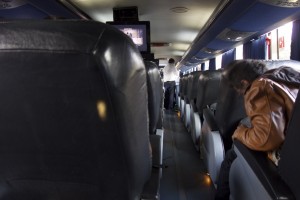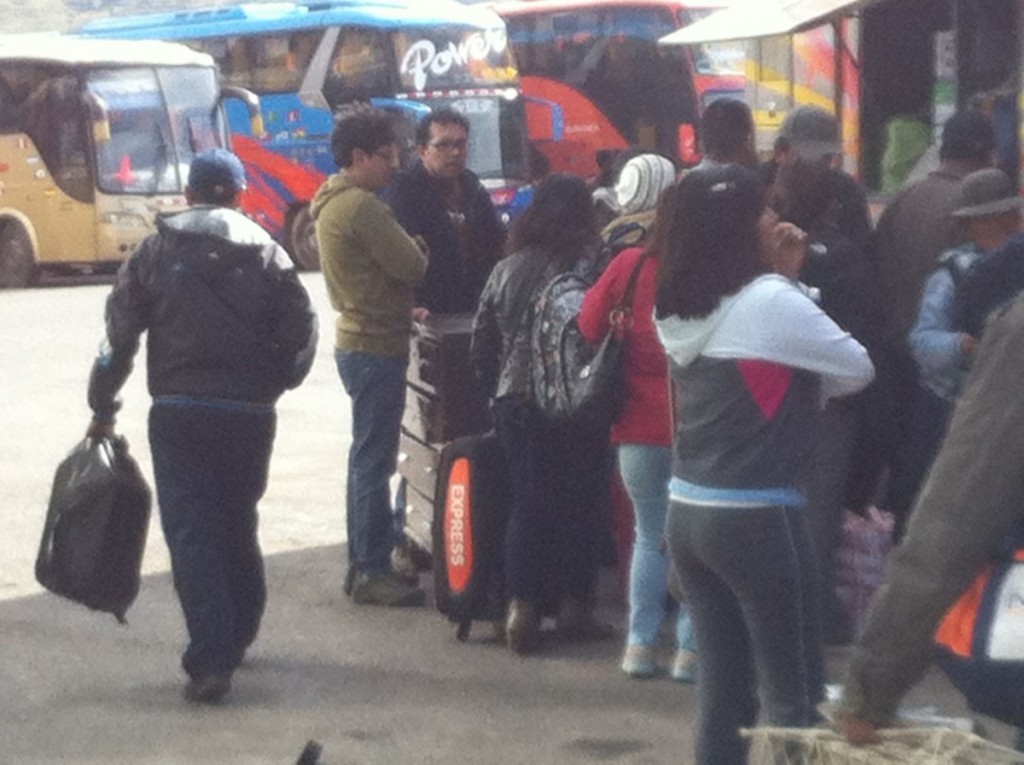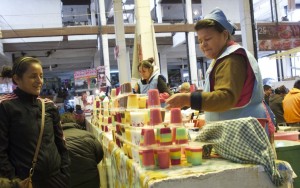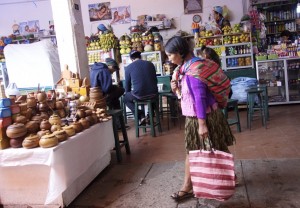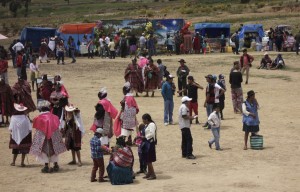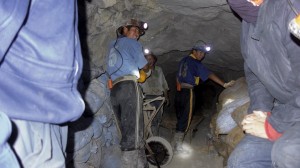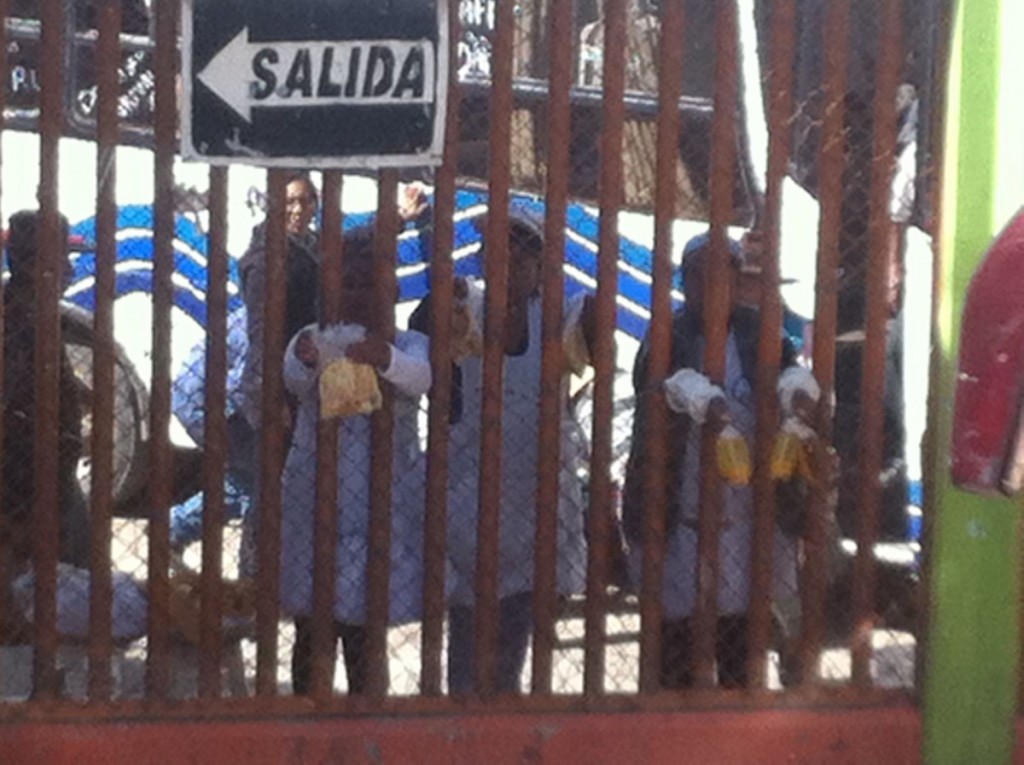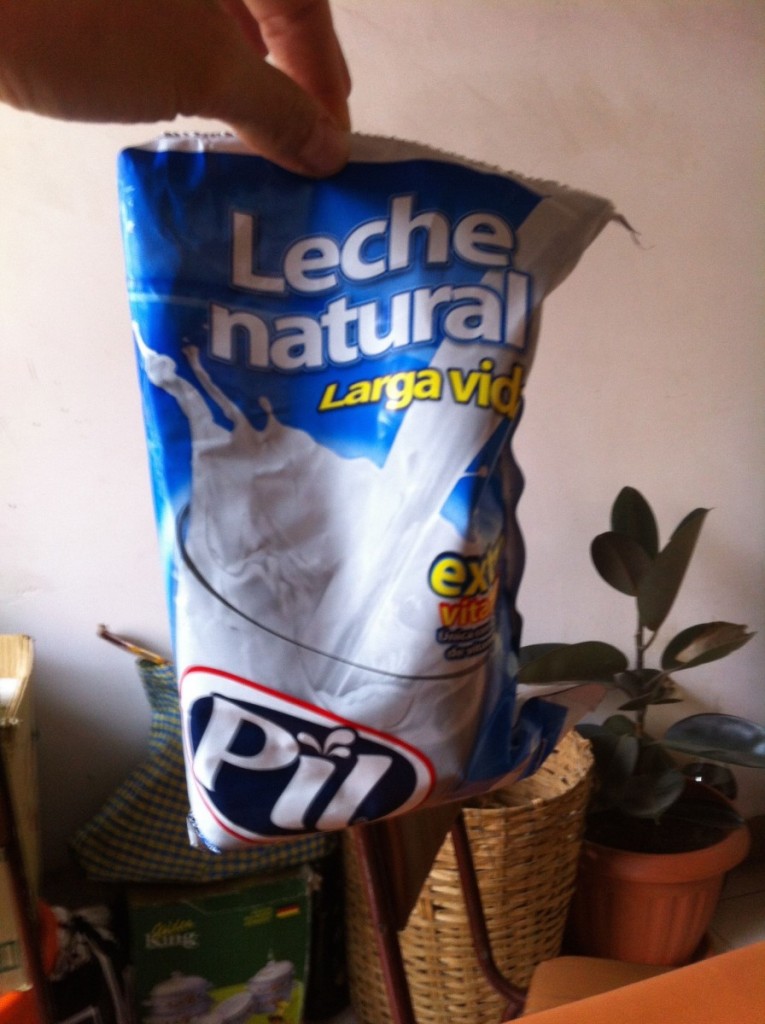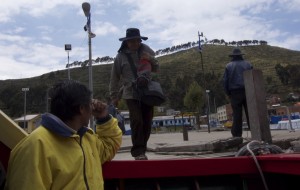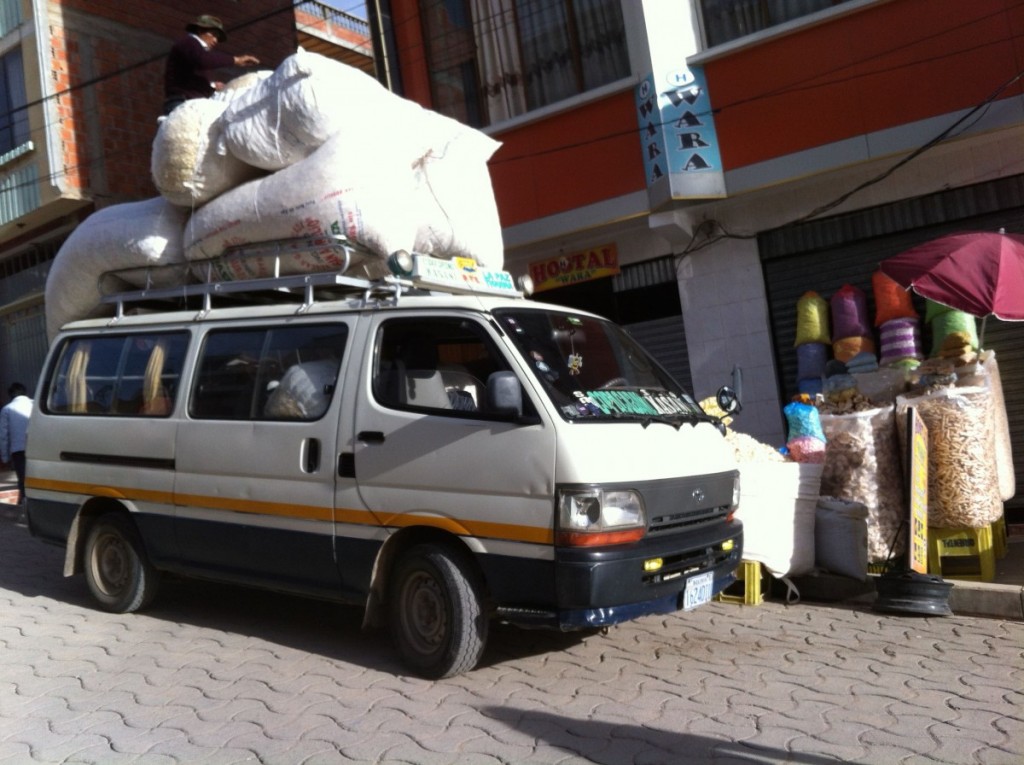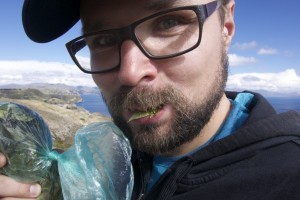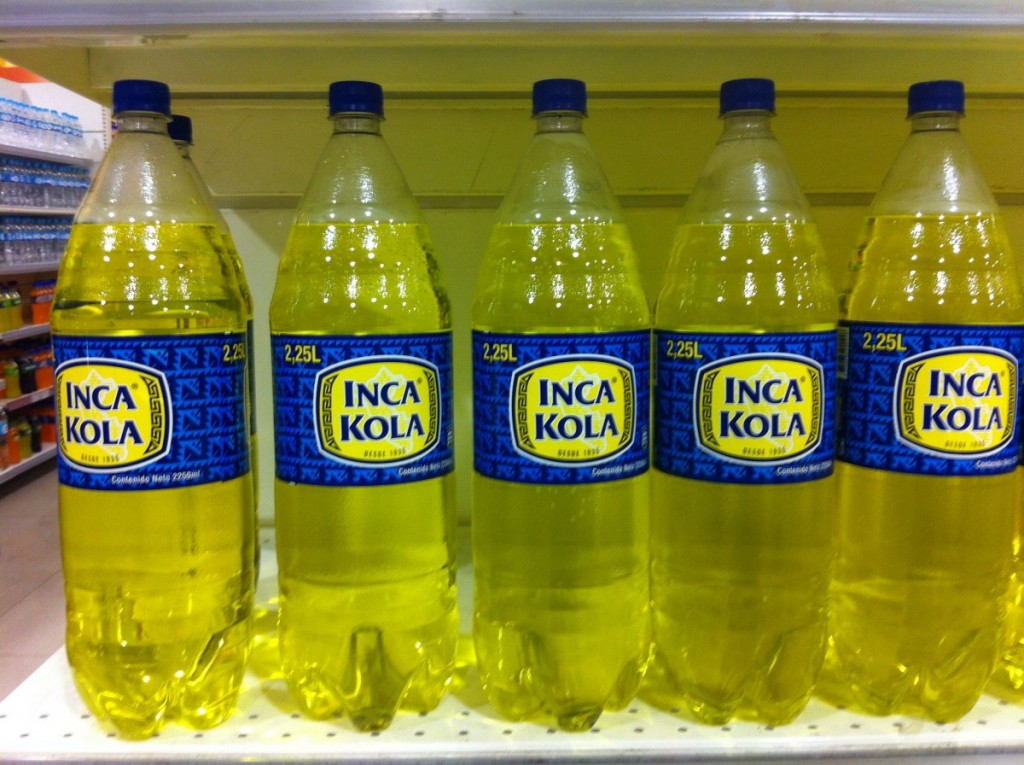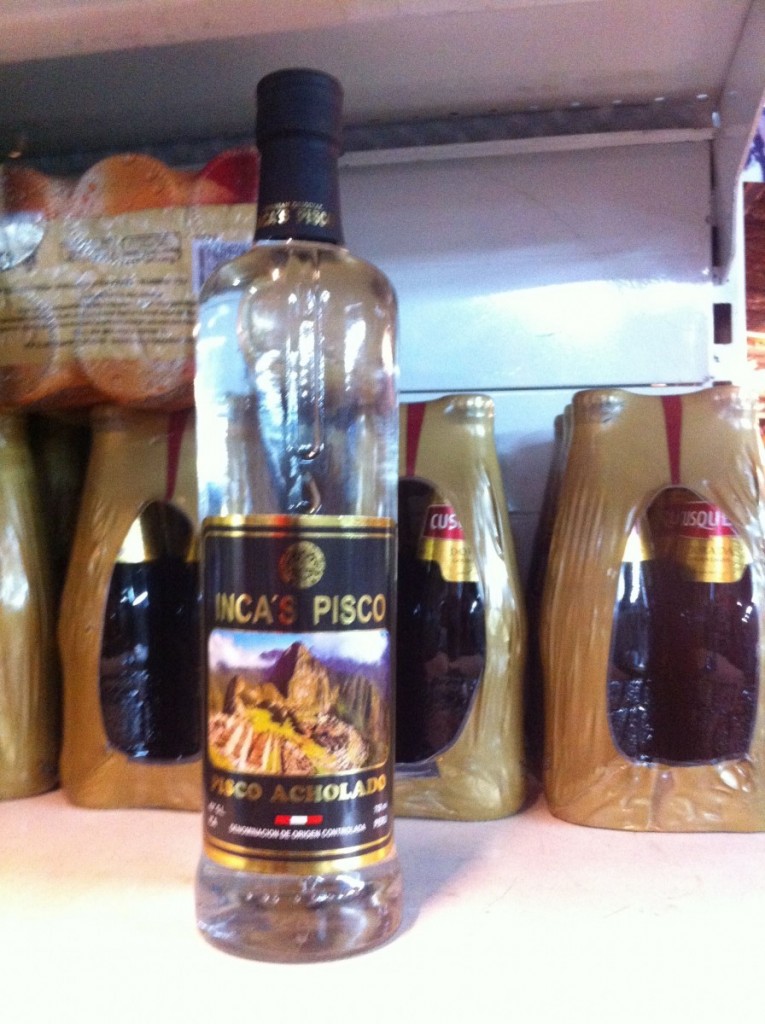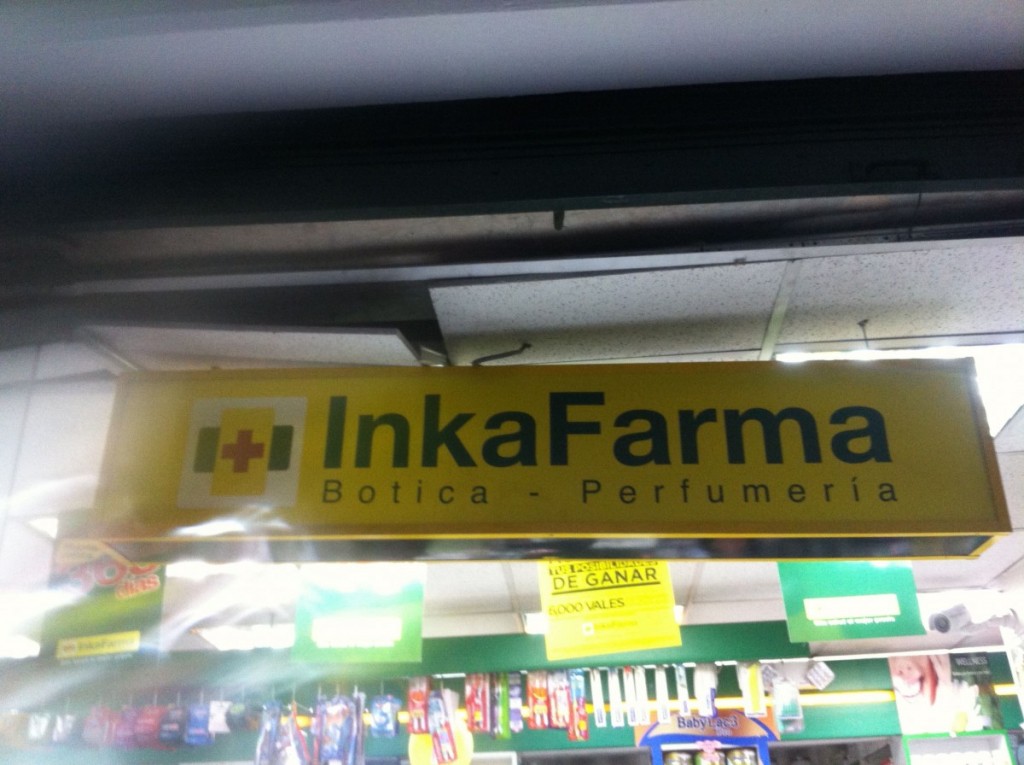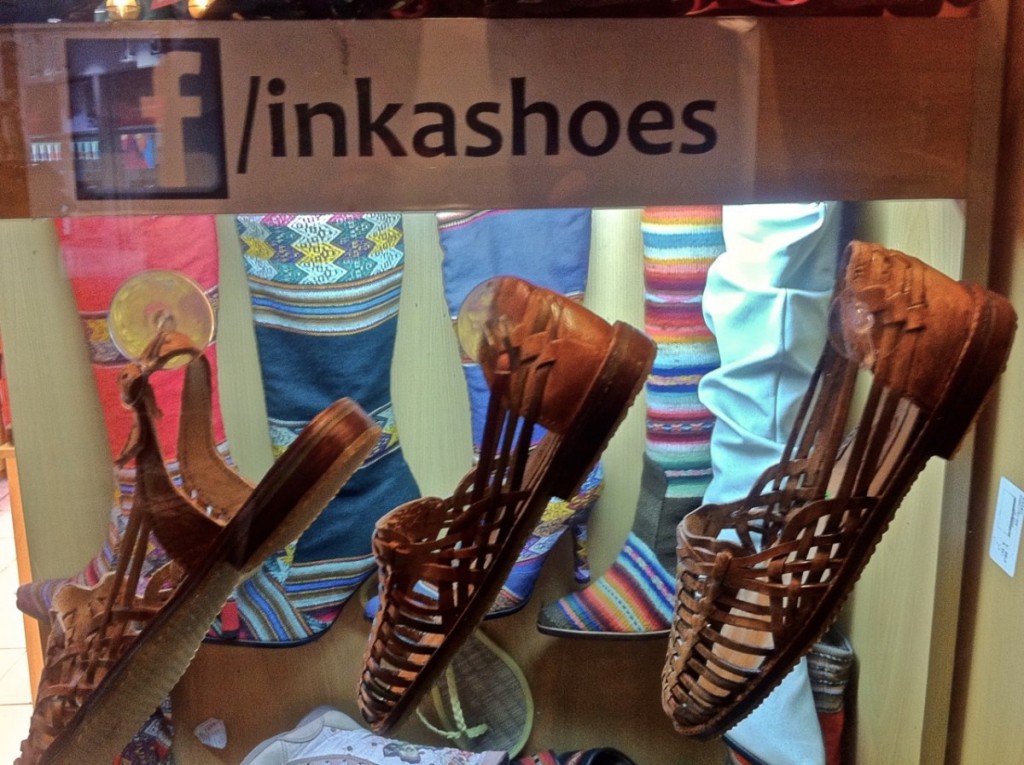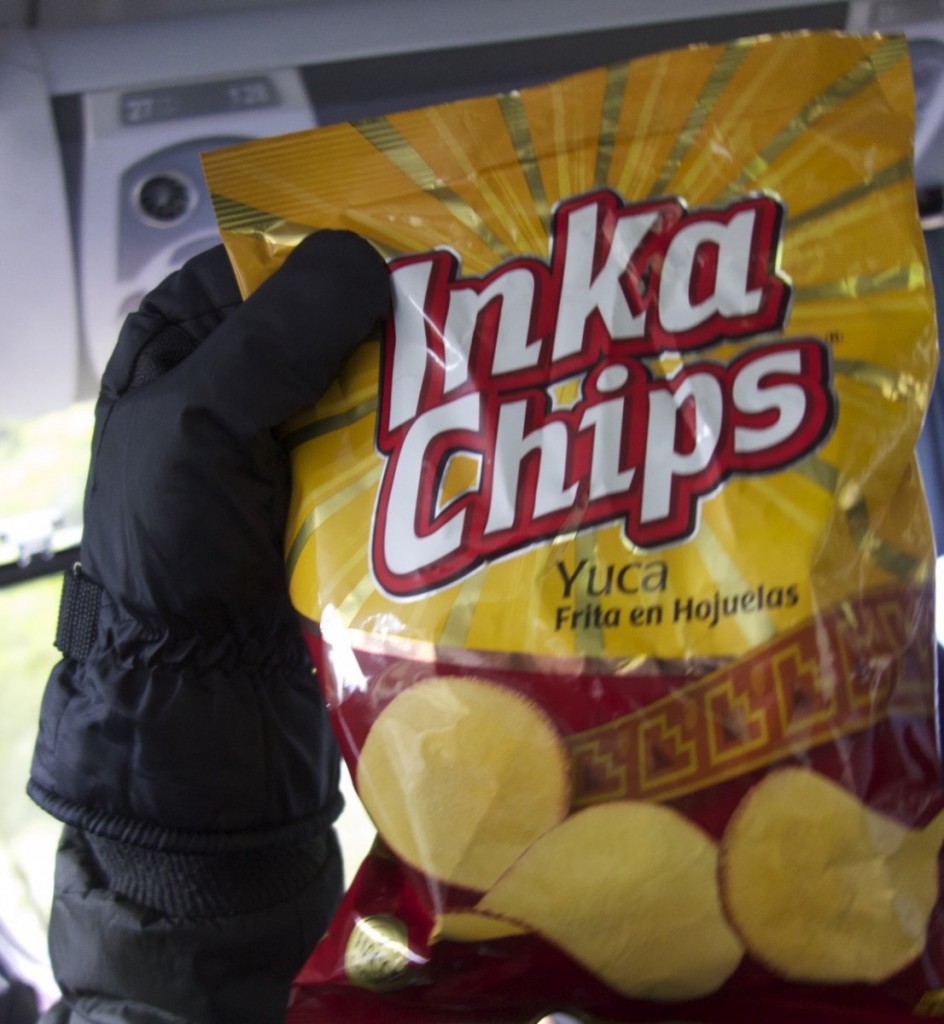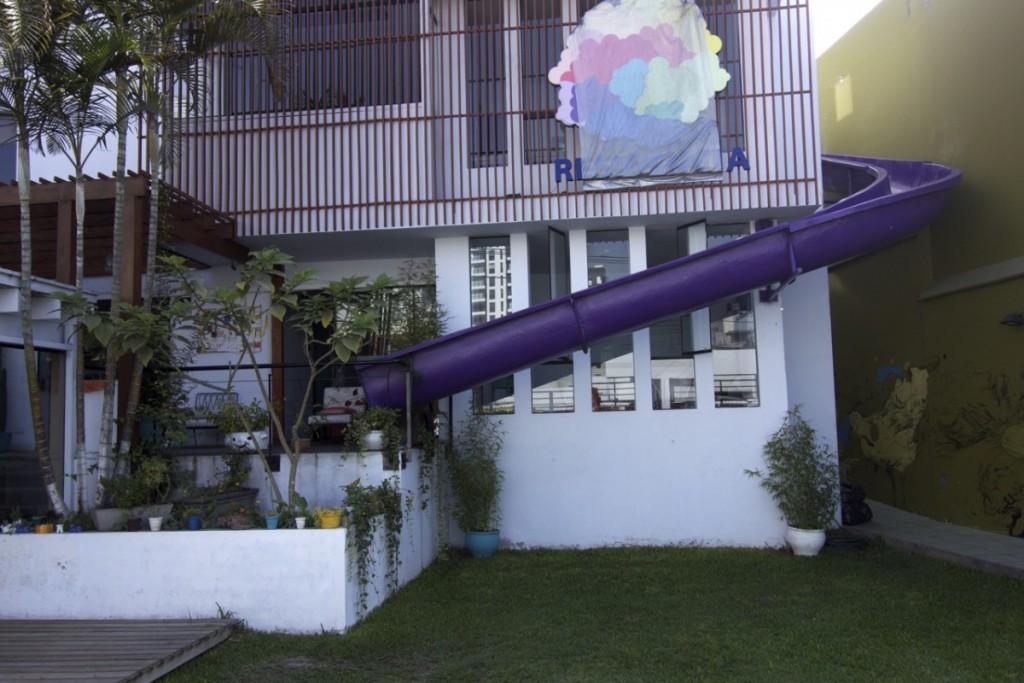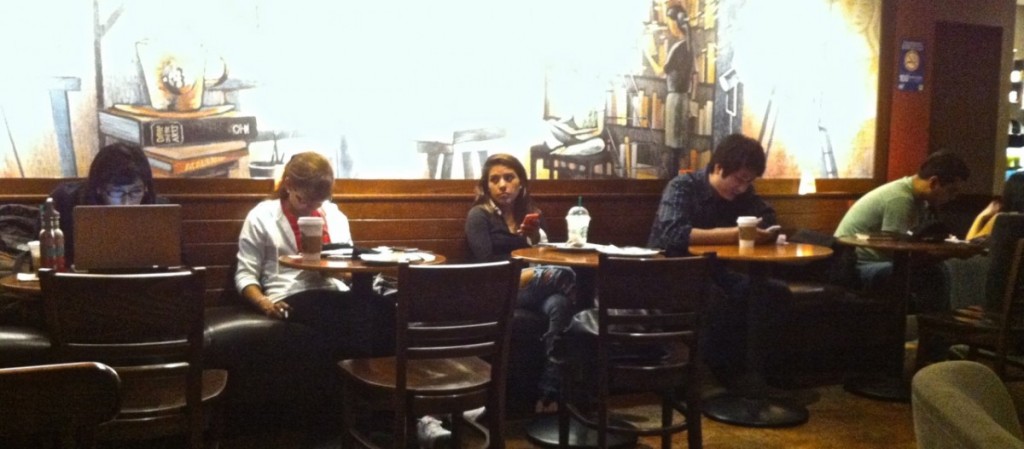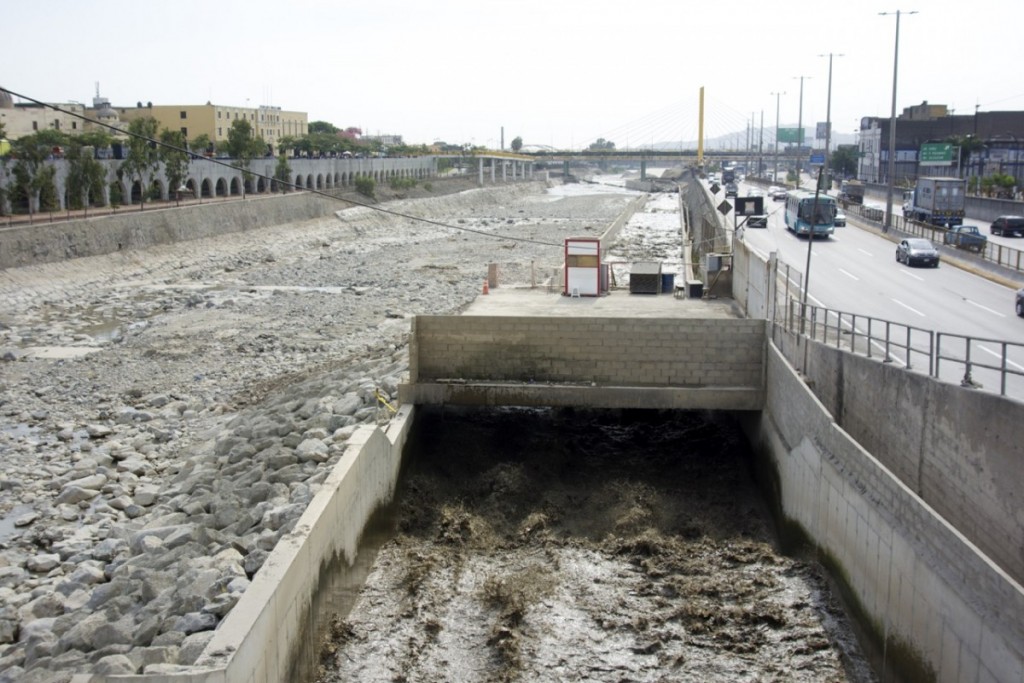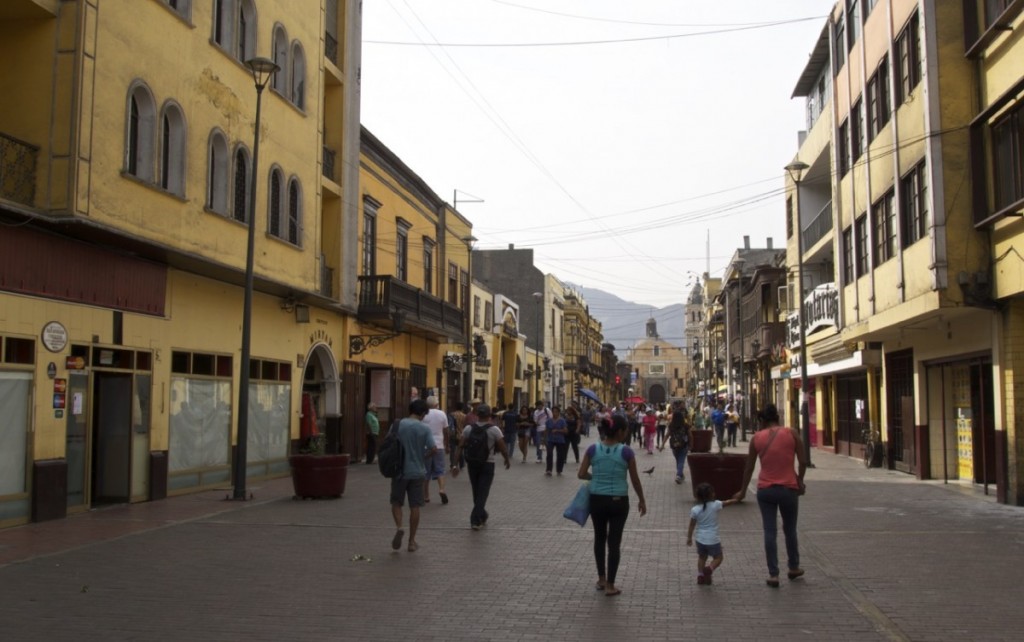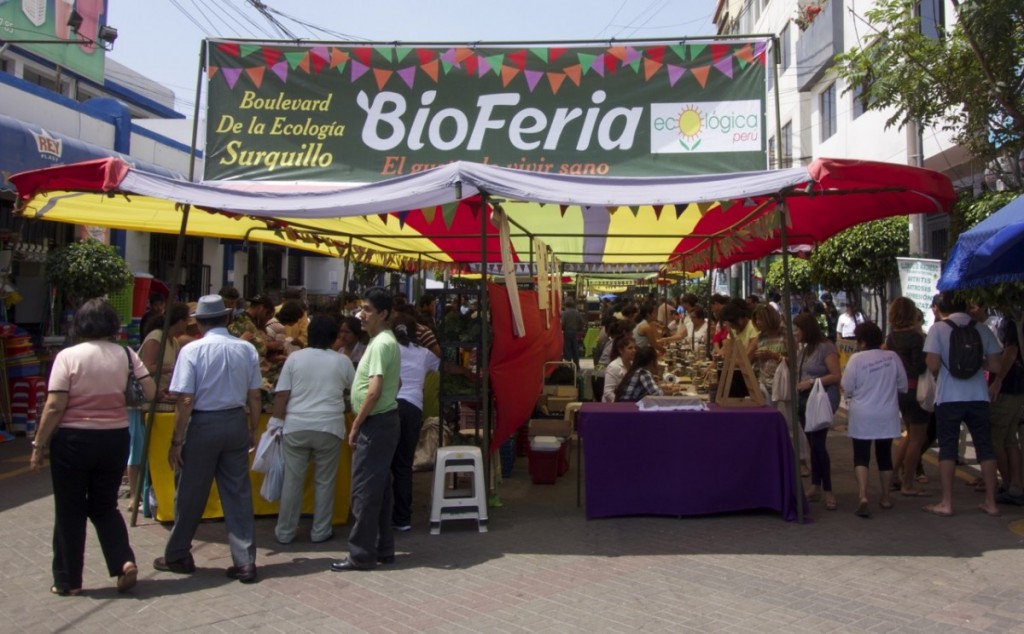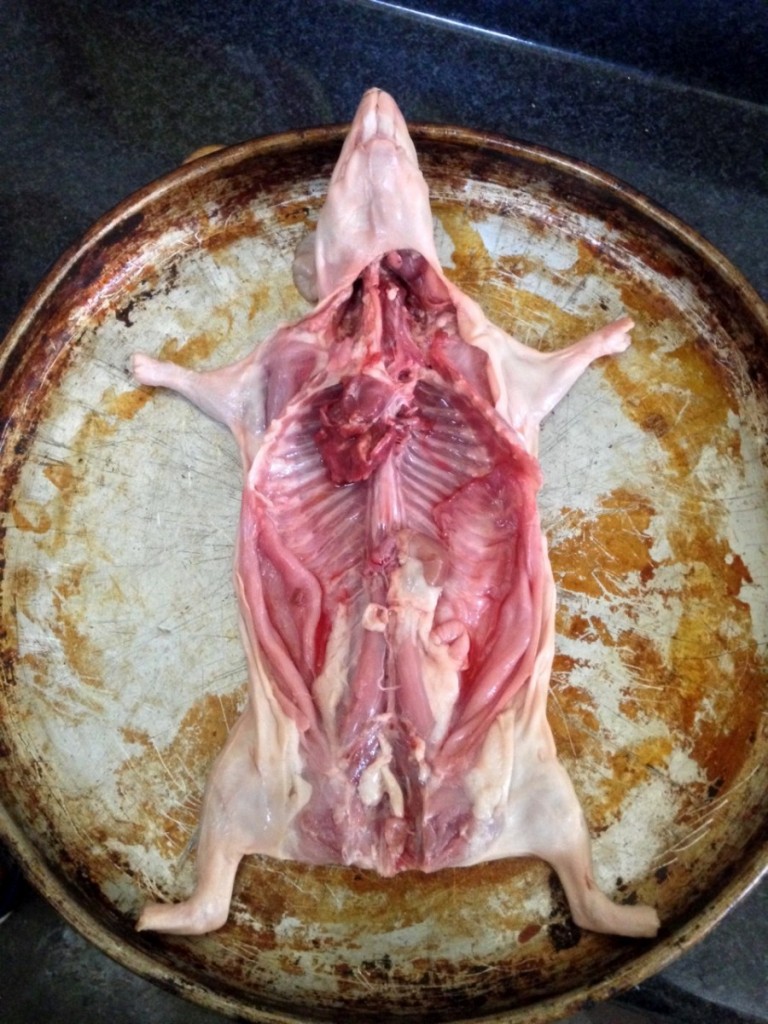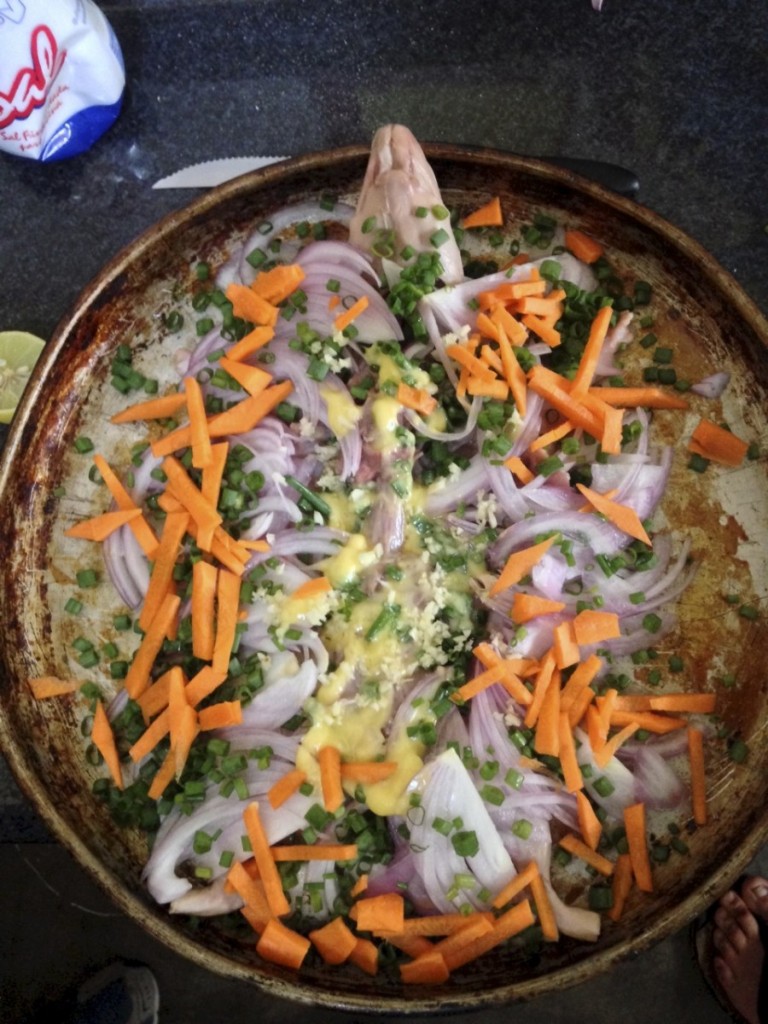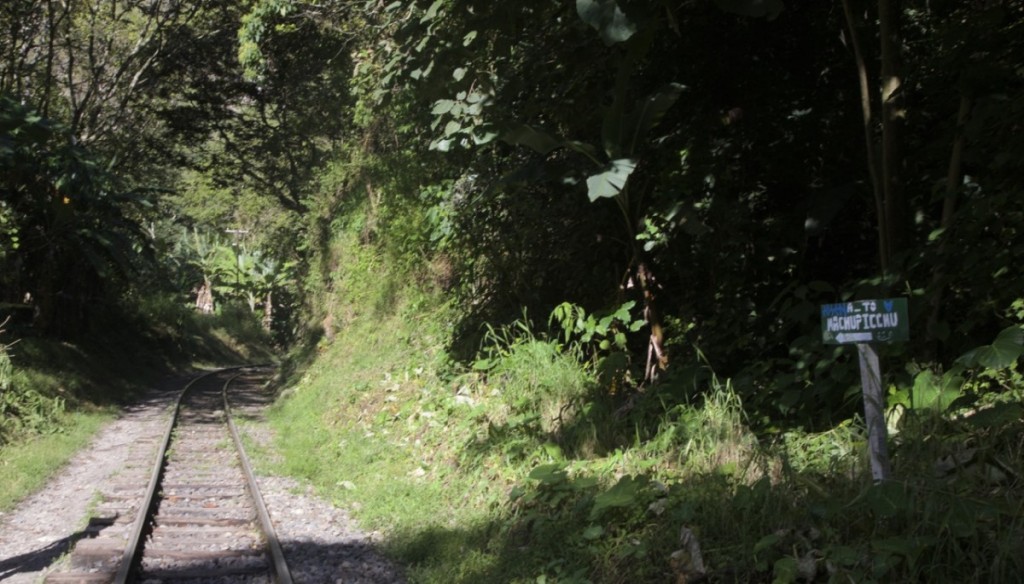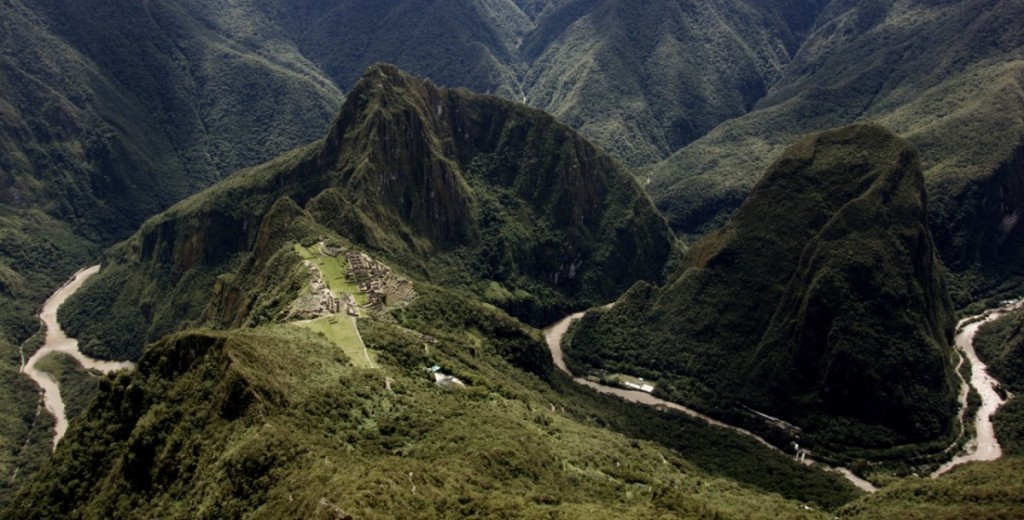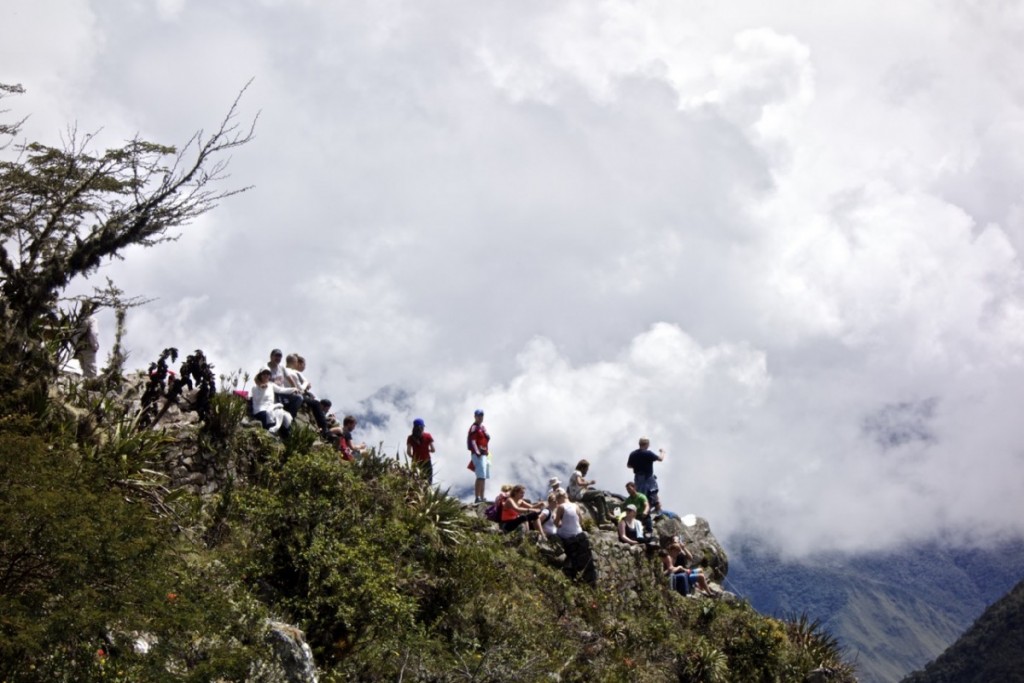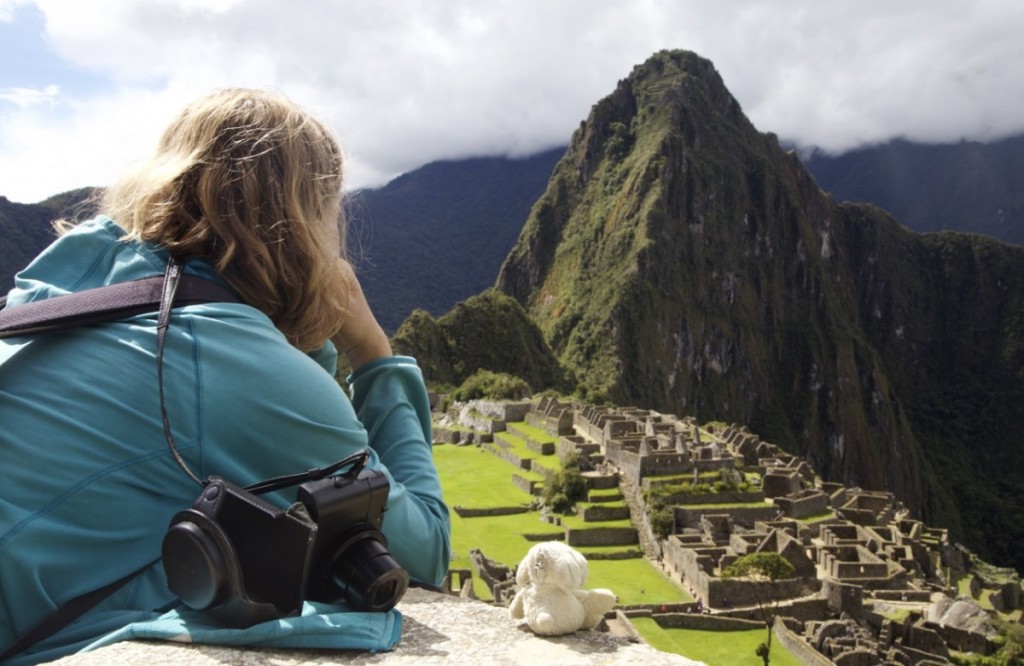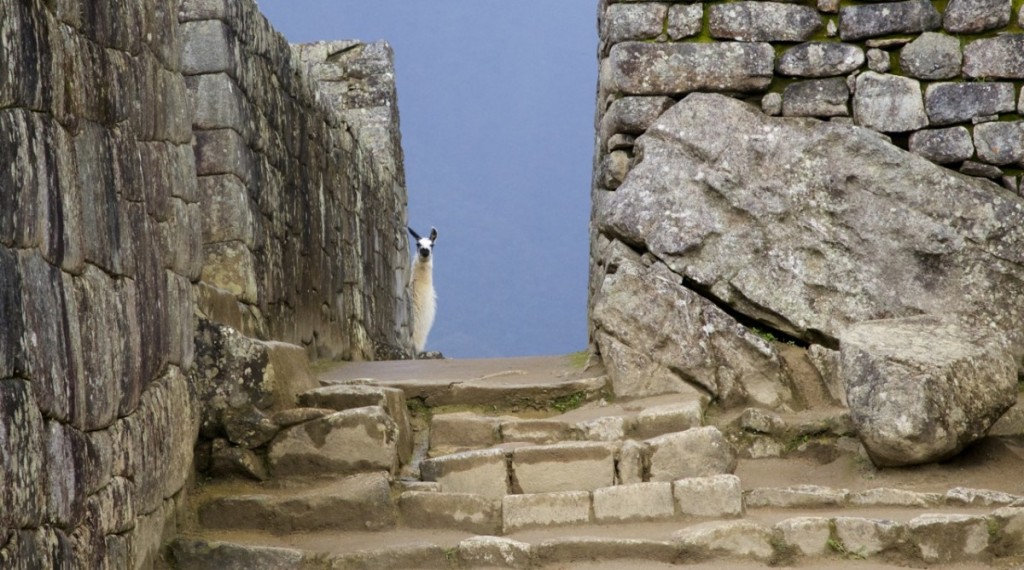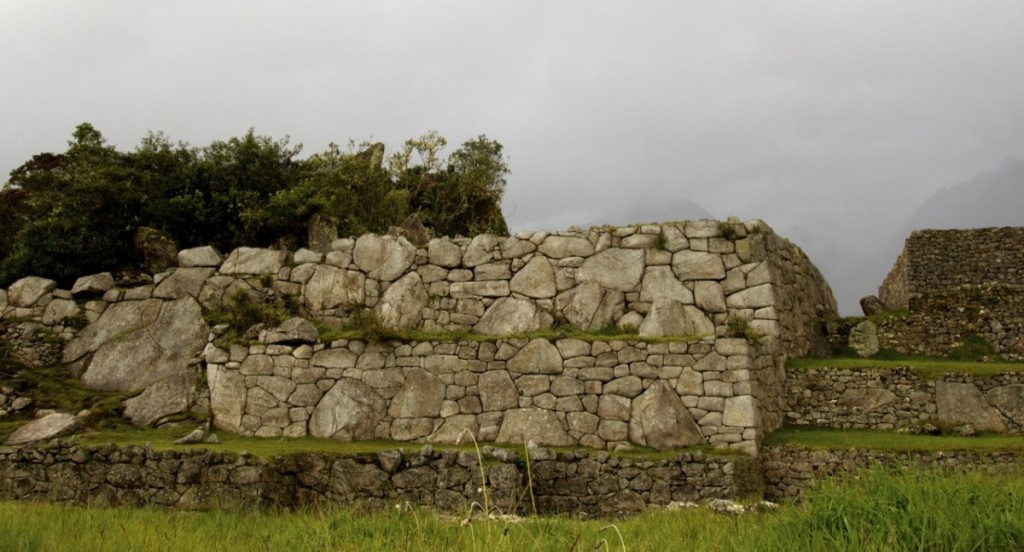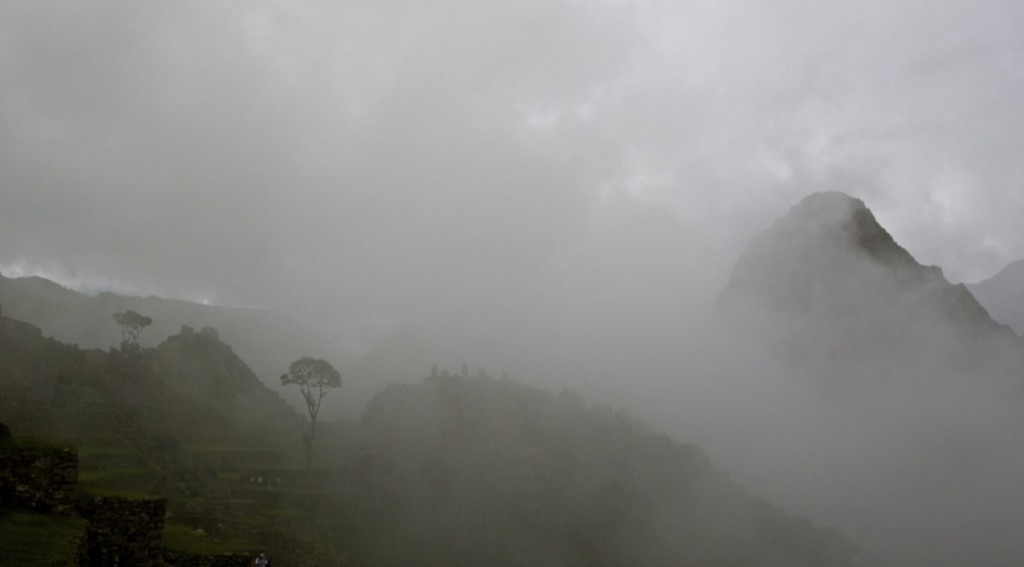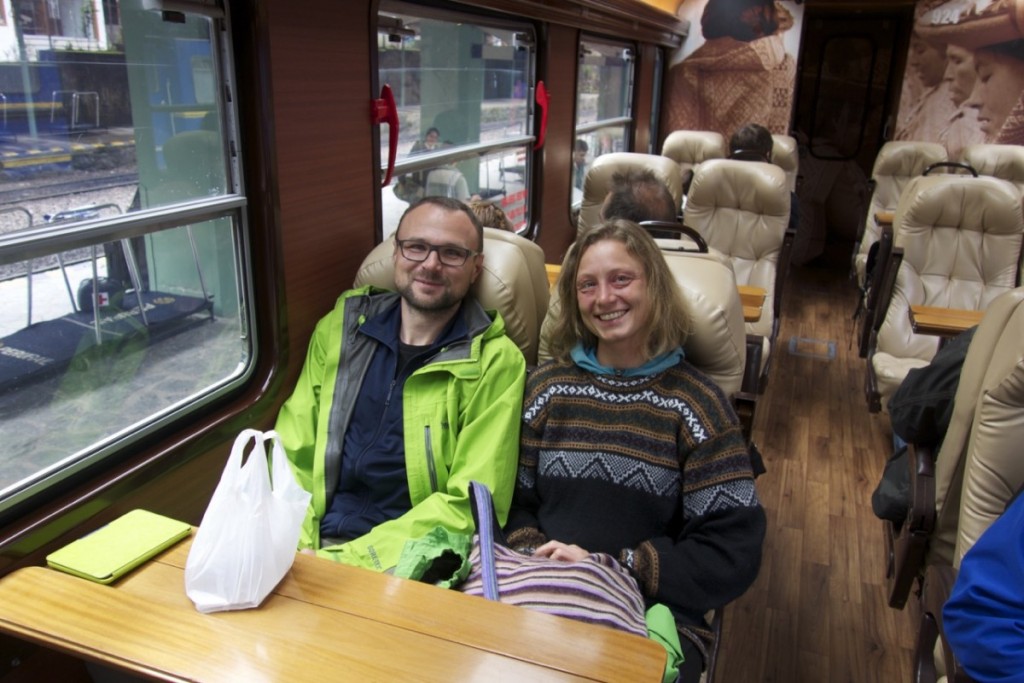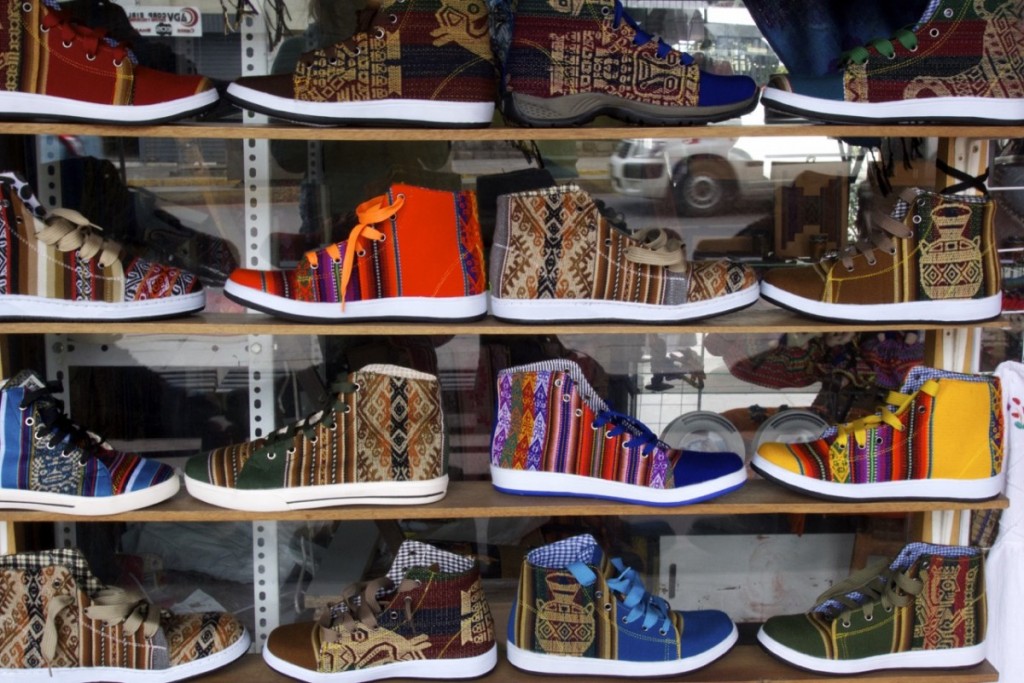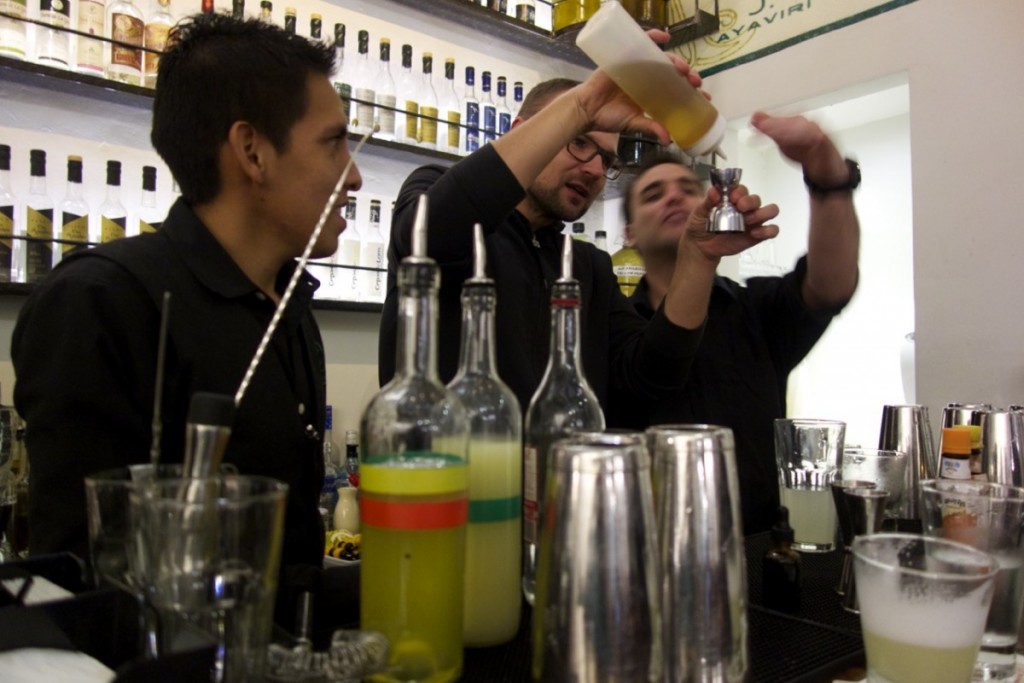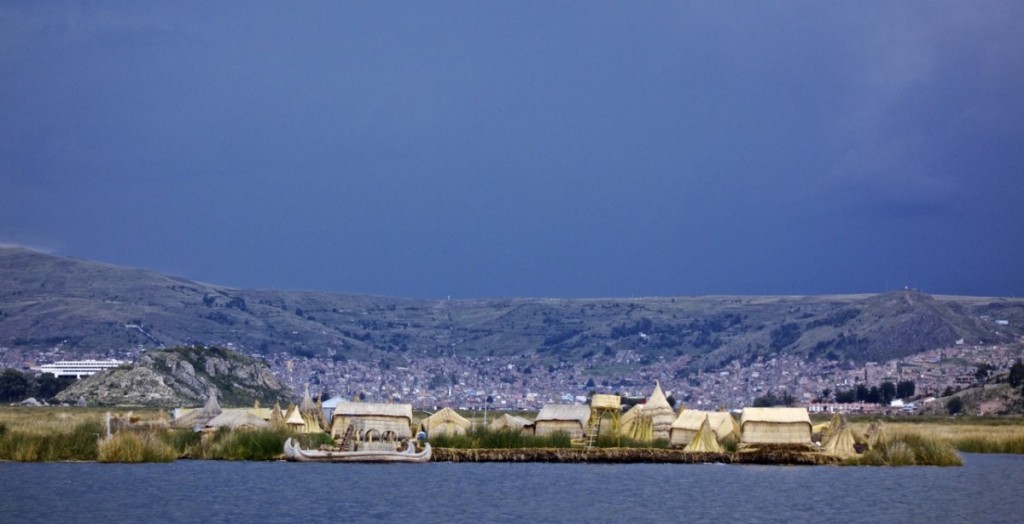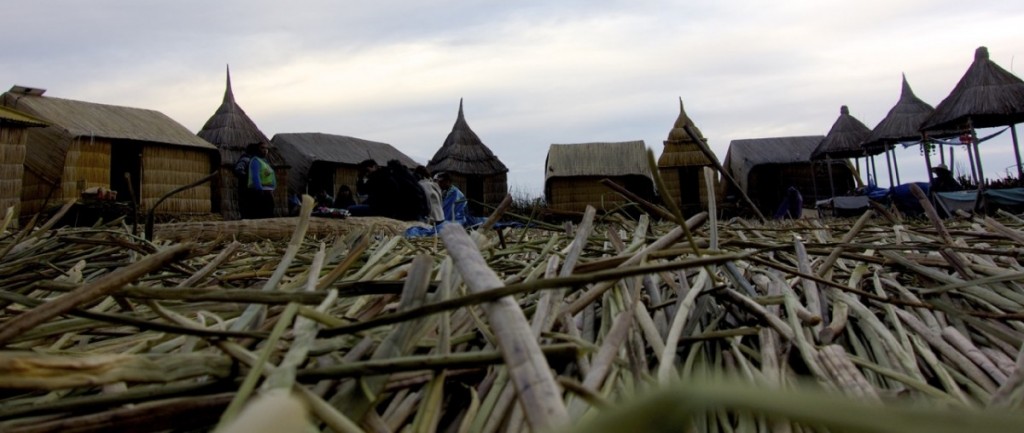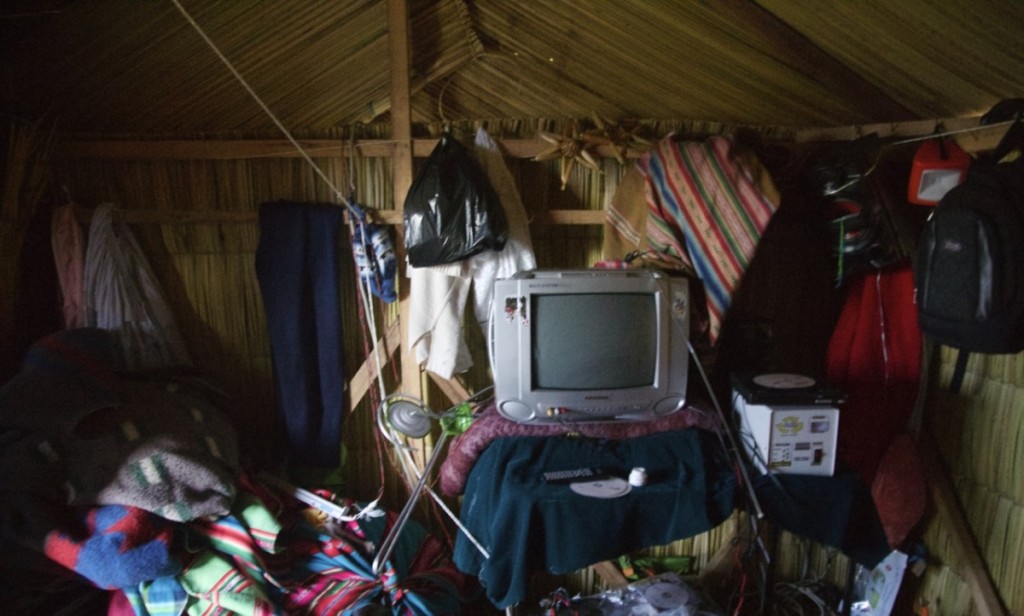The way to travel around South America are busses! You can fly, but it’s usually only affordable within one country, if at all. Interestingly bus fares and bus standards vary widely between countries even if you only take into account tourist busses.
Archiv der Kategorie: Peru
Lessons learned about South America
Many funny things we observed in south america don’t differ so much between the countries you will get the whole collection in one rush.
Chile and Argentina, both somewhat influenced by the europeans since a few centuries kind of similar. Both countries have an amazing landscape (we only saw Argentina’s close to the chilean boarder), produce good red wine (Argentina’s is a bit better) and speak a strange version of Spanish.
1. Chilean love sugar, so much that they even sell sugar light in supermarket to reduce calorie consumption.
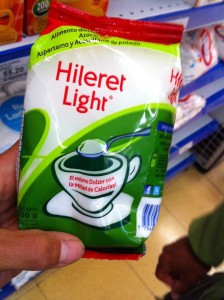
2. Chliean love color, especially in yoghurt. However the only seem to use one kind of color. Independent from the flavor all are bright pink.
3. There is no bargaining in Chile, not even on the markets. So you actual never feel cheated, but prices are higher than in the rest of South America.
4. Chilean don’t seem to have a sense of weight. While everybody tries to reduce weight while hiking, they even carry 1.4 kg heavy cookers around.
5. Steak is so popular in Argentina that the only kind of knives in Hostels are actual steak knives. It gave us a hard time to spread the butter on bread.
6. Argentines love their dulce de leche (some weird mix of caramelised milk and sugar) and put it into everything. I don’t like it but since it’s usually very brown I regularly misjudge it as chocolate.

I find it quite significant that the ice cream shop offers two kind of chocolate but four kind of dulce de leche ice cream.
7. Argentina is surprisingly expensive. Knowing about the unofficial dollar blue rate of 12.5 compared to the official 8.7 really saved us some money.
8. Argentines have a great relation to plastic bags. Every single person in the queue in front if me brought a fabric bag to carry their groceries home.
9. Siesta is still written in big letters in Argentina, causing two stupid looking persons in front of a supermarket more than once.
10. This is one for Nanna. Argentines are wild with Fernet, mostly Fernet Branca. They drink it for every occasion and mix it even with coke.
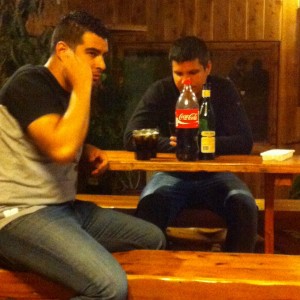
11. We never figured out for which reason but ham and cheese are really popular ingredients in the Chilean and Argentina cuisine. You get it with the scrambled egg in the plan, on sandwiches, in empenadas, on top of what they call Milanesa (in principle Wiener Schnitzel) or just pure.
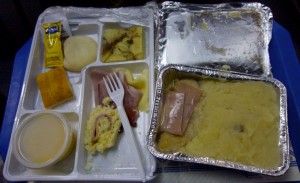
12. Chileans knock on toilet doors. What a great habit, than just pushing down the toilet handle.
13. Surprisingly Argentina is the first country that really did something against plastic bags, so most people actually bring fabric bags for shopping. I like!
14. Despite the fact, that coffee is produced in south america they don’t really nurse a coffee culture. Most just dink freeze dried coffee with lots of sugar. but I kind of like the teabag version. Really handy in busses.
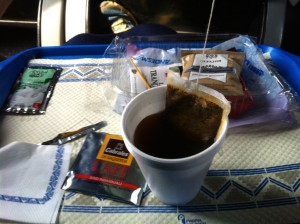 15. Of course they love soccer and are so proud. Even the screens in underground stations allow you to keep track off the doing of your favourite team.
15. Of course they love soccer and are so proud. Even the screens in underground stations allow you to keep track off the doing of your favourite team.
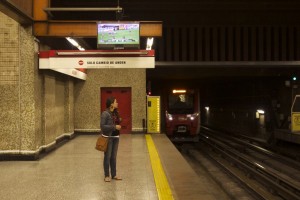
Bolivia is so very different form Chile and Argentina. It’s characterised by the Andes (that maybe the european settlers just didn’t bother to cope with) and what they call the andean folk.
Lima – somehow not Peru
After several weeks in the highlands of the Andes with the andean people we got a little climate and cultural shock leaving the bus in Lima (Happy that we survived the Andean serpentines taken with 70km/h at night!).
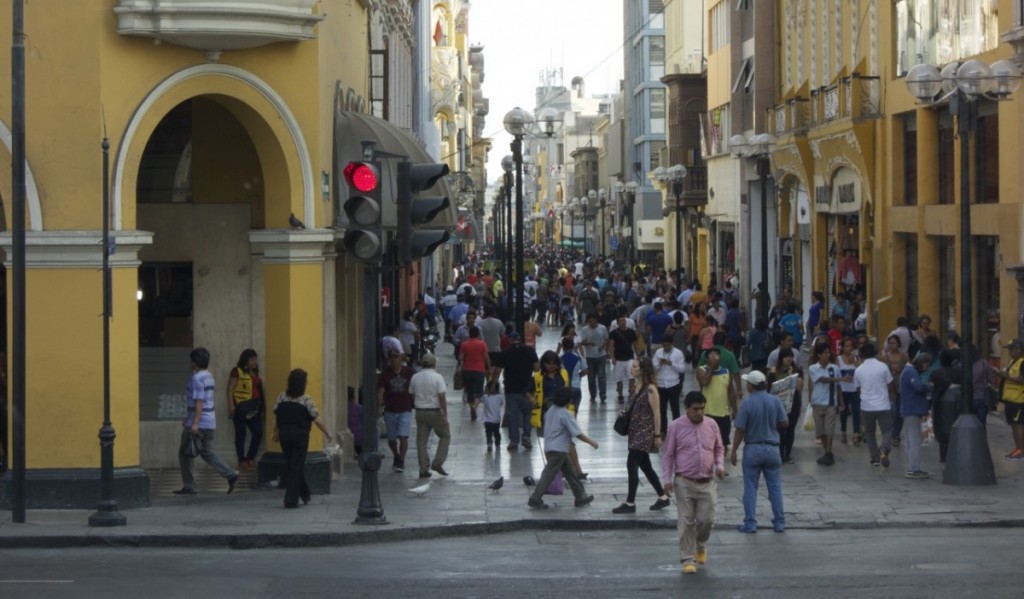
Lima’s historical center is crowded with tourist. What else?
MachuPicchu – you can’t go to Peru without going to MachuPicchu
So we went. I really like a citation from Tom „yeah it’s a lot of old stones, but you have to admit that the Incas really had a great taste for locations“.
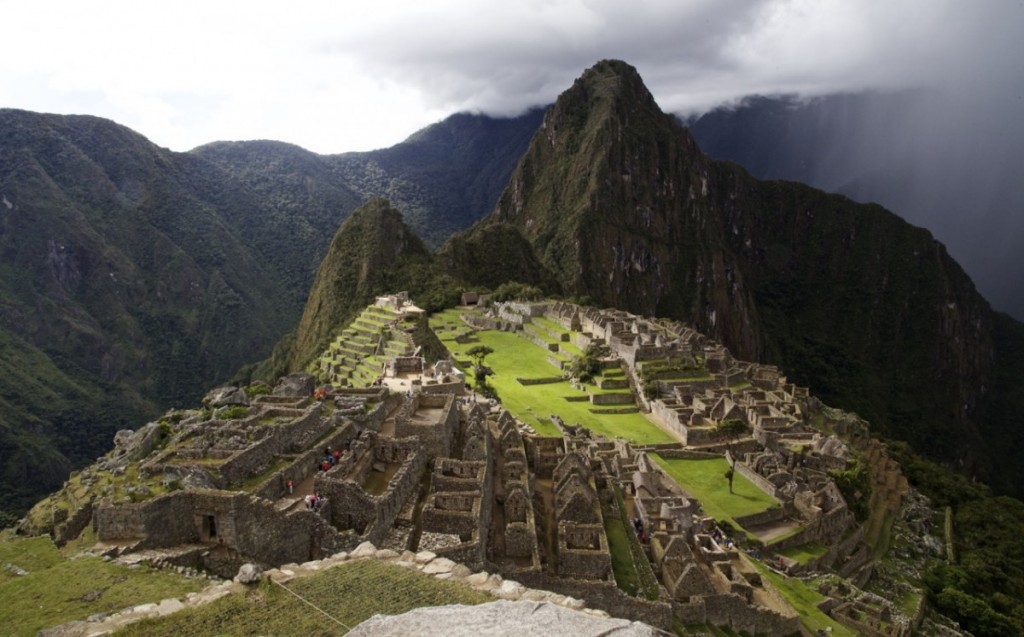
MachuPicchu – Scientist believe it was kind of a resort for important Incas. I can understand that somehow.
Cusco – a wet intermezzo
After a beautiful bus ride through the Peruvian Andes we arrived in Cusco a late Wendesday afternoon. It was quite an entertaining experience and pretty cheap too. We entered the bus a few minutes after it’s official departure time meaning we already started with an delay. Soon after the First Ladies selling food entered (kind of normal in SA). Then the bus steward started selling natural medicine for 45 min in an unignorable voice level, to give way the more woman selling actually some kind if backed meat that was chopped from its bones directly in the bus. After a while without disturbance men in black entered the bus searching for something, but did not seemed to find what they were looking for.
Our homestay in Cusco was not as nice as living with Bertha, but we anyway had a whole apartment to ourself for the next couple of days. Surprisingly the rainy season finally managed to catch up with us meaning it rained a good 50% of our time in Cusco banning us to our new home for most of the time.
So we found a nice place around the corner to get lunch (2 courses for less than 2€ leaving you stuffed for the rest of the day), strolled through the city and it’s markets and learned how to prepare a proper Peruvian „Pisco Sour“ in the „Museo del Pisco“ (it’s a bar not a museum).
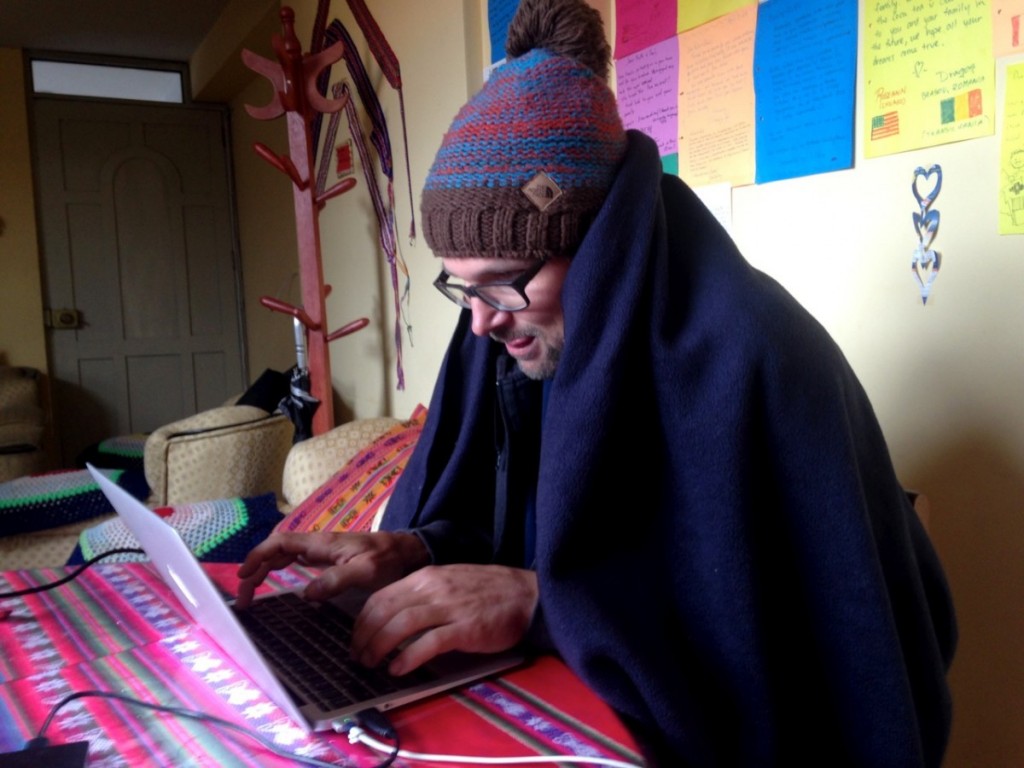
The rainy weather also comes with a specific temperature range that is quite unfavourable for hanging out in a unheated unisolated apartment.
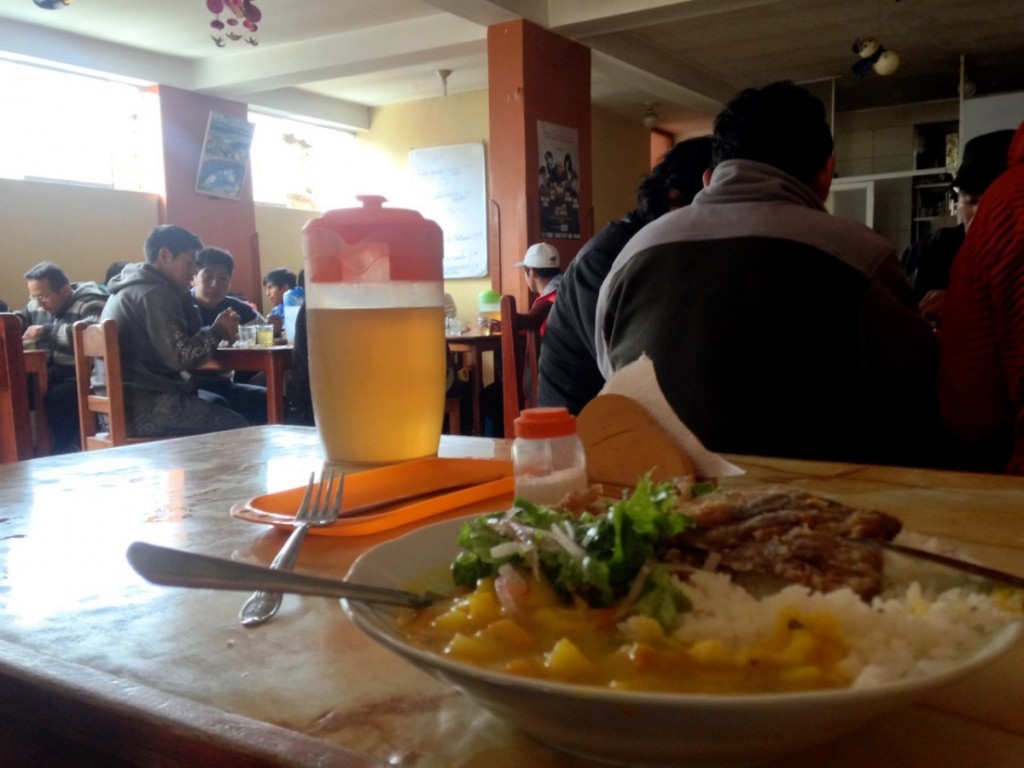
But we always could warm us up with high caloric lunch menus (sustainably only served between 12:30-14:30).
Puno and the floating Uros
Our first stop in Peru was just behind the Bolivian boarder in Puno. I had heard about the floating reed island of the Uros and wanted to visit them.

